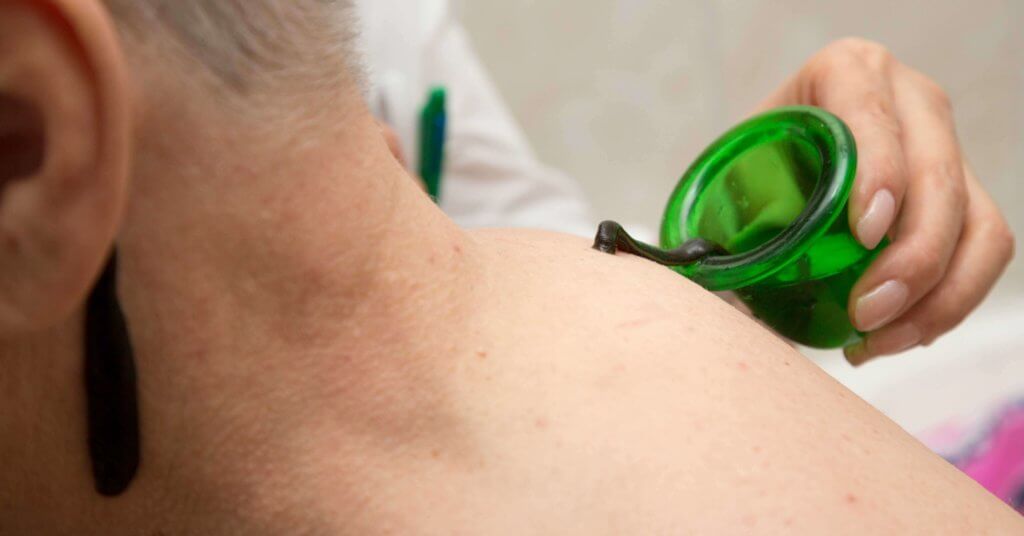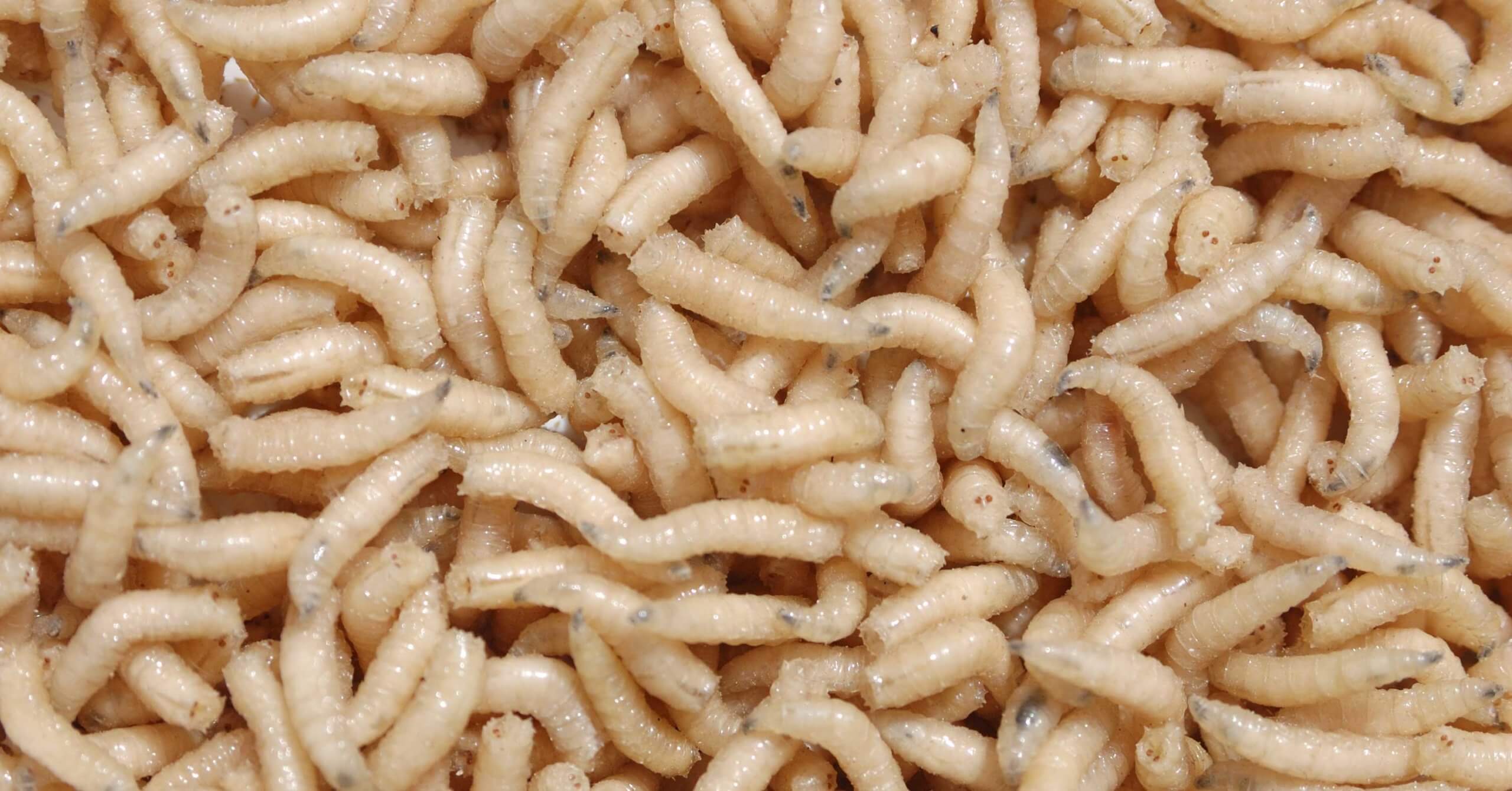Using maggots and leeches in the healthcare setting can make many people cringe, including seasoned wound care clinicians.
But the age-old treatments of maggot debridement therapy and leech therapy are relatively inexpensive and fairly effective.
“Maggot therapy can save a limb in approximately 40% to 60% of patients scheduled for amputation,” said Ronald Sherman, MD, MSc, DTM&H, director at BioTherapuetics, Education & Research (BTER) Foundation, co-founder.
Sherman also works as the laboratory director at Monarch Labs and a practicing physician in Orange County, Calif.
The History of Maggot Debridement Therapy and Leech Therapy
Specific dates are difficult to confirm regarding the first use of these therapies, especially for leech therapy, according to Sherman.
“Let’s just say the medicinal use of leeches dates back to antiquity,” he said.
However, more information is available on the historical use of maggot debridement therapy related to their use in the Americas and Europe.
“There is some written evidence from the 1800s that maggots were used by some indigenous tribes,” he said. “However, most of the literature about maggot-infested wounds of fallen soldiers comes from observations by military surgeons during the 1500s through 1800s.”
According to Sherman, the first person to intentionally treat wounds with maggots in a deliberate, systematic fashion and write about his results was William Baer, the founding chairman of orthopaedics at Johns Hopkins University.
“He had seen the result of myiasis (maggot infestations) firsthand in wounded soldiers as a military surgeon during World War I,” Sherman said. “After returning to the states and finding himself treating large numbers of children with serious skin and bone infections from tuberculosis, he started using blow fly larvae postoperatively to heal the wounds. His findings were published in 1931.”
So how do these treatments work?
Maggot debridement therapy and leech therapy constitute two distinctively different types of treatments and work via different mechanisms, according to Sherman.
He described an overview of maggot debridement therapy and medicinal leech (hirudo) therapy.
Maggot Debridement Therapy
“Maggot debridement therapy is not a first-line therapy for wound care,” he said. “And when considered, it’s typically after a wound gets into trouble – meaning other treatments have been unsuccessful and the wound fails to heal.”
Maggot debridement involves the use of fly larvae to treat wounds.
“The larvae digest and remove dead (gangrenous or necrotic) and infected tissue from wounds,” Sherman said. “The FDA has cleared maggot therapy as a treatment for chronic or problematic wounds.”
How do they work?
“Maggots use their digestive enzymes to dissolve dead tissue,” he said. “The good news is they appear incapable of dissolving viable tissue.”
Thus, maggots can liquefy necrotic tissue without the risk of harming the healthy tissue of the wound bed, he said.
When wounds become infected, a number of options exist for killing the infection. However, these treatments can also harm healthy tissue.
Maggots can help here by digesting infected tissue and leaving healthy tissue alone.
“Additionally, the growth of healthy granulation will also support the growth of infection,” Sherman said. “But maggots can address both the healthy and necrotic tissue at the same time, and in the right way.”
Maggot secretions also contain antimicrobial peptides, he said.
Two other methods have had success in the laboratory environment:
- Maggots can dissolve biofilm and inhibit the growth of new biofilm.
- Maggots promote tissue growth and epithelization.
While these are exciting lab findings, it’s important to remember these are not FDA indications for the use of maggots. “The FDA has cleared the use of maggots for wound debridement only,” he said.

Leech Therapy
The primary indication for use of leeches is the removal of blood from local areas.
“Leeches suck blood,” Sherman said. “The FDA cleared leech therapy for use in decompression to decongest tissue that is congested with blood.”
Leech therapy is not a wound care treatment per se, it is used postoperatively in plastic and reconstructive surgical patients.
“However, when the surgical team needs leech therapy for a patient, they call wound care clinicians, who generally know more about maggot therapy,” Sherman said.
Leeches are frequently used in connection with reconstructive surgeries, where surgeons can anastomose (connect) the arterial supply but the venous supply may prove too delicate to sew together, according to Sherman.
Leeches have proven effective when bringing fresh blood into an area with a reconstructed defect or newly attached limb.
“If the fresh blood cannot be carried away due to the veins not reconnecting themselves, you’ll have deoxygenated blood pooling in the area, causing vascular congestion,” Sherman said. “When this occurs, the reattached appendage will die as the vascular congestion will impede the flow of fresh blood to the area.”
Leeches can remove pooled blood better than humans can phlebotomize the blood.
Why? Because leeches use their secretions in the area where providers place them, according to Sherman.
“Secretion from leeches contain anticoagulants, which allow the blood to drain from the area treated,” he said. “If patients are treated systemically with anticoagulants, you risk having them bleed in other areas of the body. With leeches, you can deliver anticoagulation to one specific area.”
Sherman will speak about maggot debridement and leech therapy at our virtual Wild on Wounds (WOW) conference in September.
Attend our Wild on Wounds conference!
What do you think?

